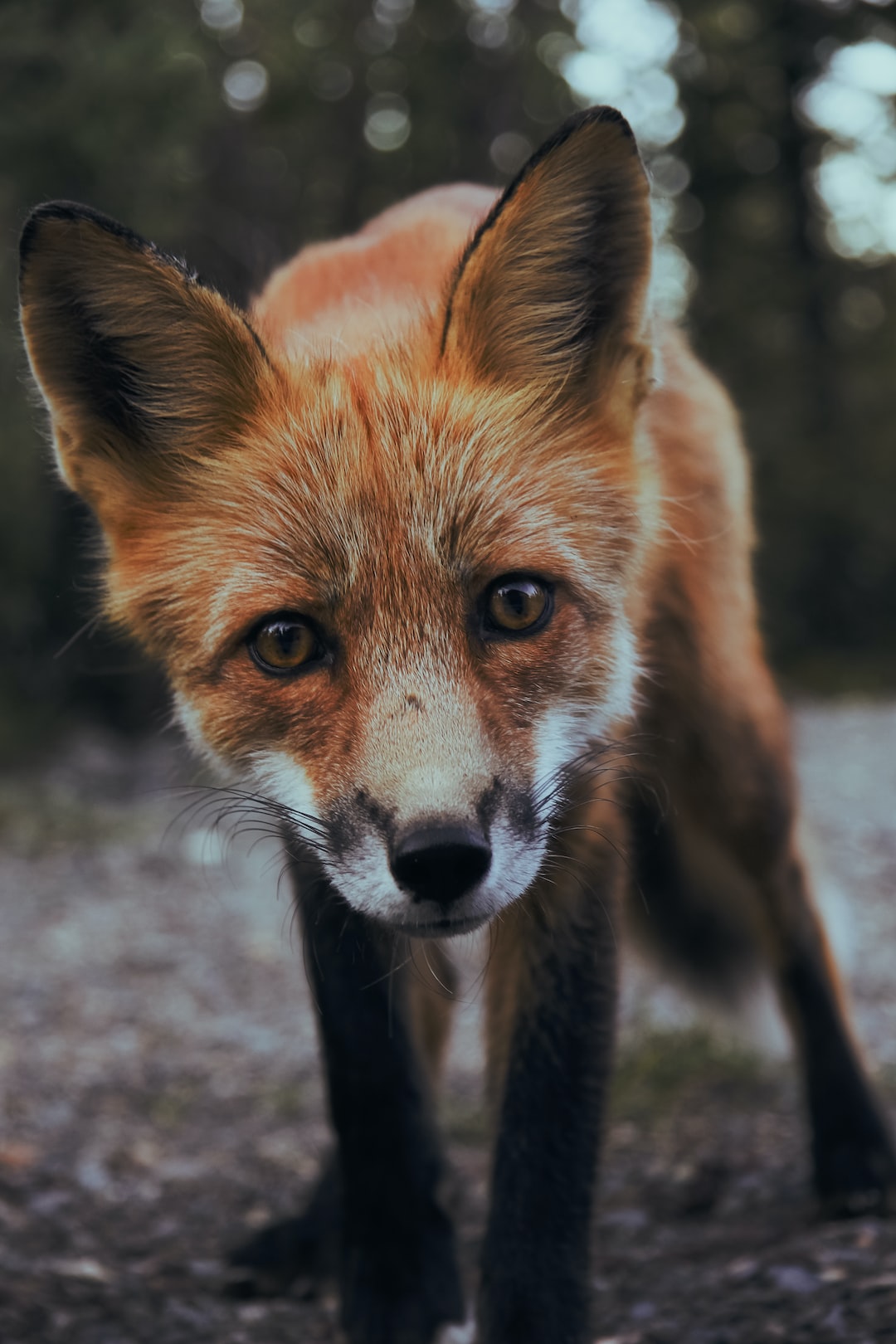The Incredible Migrations of Animals
Nature never ceases to amaze us with its wonders, and among the most breathtaking spectacles it offers us are the incredible migrations of animals. Every year, countless species embark on arduous journeys, traversing vast distances to find food, reproduce, or escape extreme weather conditions. These migrations are not only a testament to the resilience and adaptability of these creatures but also a reminder of the interconnectedness and fragility of our planet.
Migration, in its essence, is the movement of animals from one place to another. It may be within a region, country, or even across continents. One classic example is the migration of the wildebeest in Africa. Every year, over a million wildebeest, accompanied by zebras and antelopes, travel from the Serengeti in Tanzania to the Masai Mara in Kenya in search of fresh grazing lands. This annual migration, known as the Great Migration, is considered one of the most remarkable wildlife events on Earth.
Birds, too, are renowned for their long-distance migrations. Each spring and fall, flocks of birds undertake incredible journeys, navigating thousands of miles across oceans, mountains, and deserts. The Arctic Tern holds the record for the longest migration, covering approximately 44,000 miles from its breeding grounds in the Arctic to its wintering grounds in the Antarctic. These remarkable feathered travelers demonstrate remarkable navigational skills, relying on cues from the sun, stars, Earth’s magnetic field, and even landmarks such as rivers and mountains.
Marine creatures also partake in epic migrations. The majestic humpback whales undertake annual migrations from their feeding grounds in polar regions to warmer waters for mating and giving birth. These migrations can span thousands of miles and are a vital part of the humpback whale’s lifecycle. Similarly, sea turtles embark on incredible journeys to nest on the same beaches where they themselves were born. Female sea turtles, guided by a magnetic sense, return to their natal beaches to lay their eggs, ensuring the survival of their species.
Why do animals undertake such treacherous journeys? The primary driving force behind migrations is the search for food. Many animals move to areas where resources are abundant, such as the wildebeest in Africa or birds flying south for the winter. Some migrations are also triggered by the need to reproduce in optimal breeding grounds. For instance, the Monarch butterflies migrate to Mexico every year to form massive clusters in oyamel fir forests for their winter hibernation. The availability of resources and suitable conditions greatly impact an animal’s migration patterns.
Unfortunately, animal migrations are facing new challenges in a rapidly changing world. Habitat destruction, climate change, pollution, and hunting threaten the routes and resources critical for successful migrations. The loss of these natural corridors can have devastating effects on multiple species and ecosystems. Conservation efforts are therefore crucial in preserving the delicate balance that allows these incredible migrations to occur.
Understanding animal migrations is not only a source of wonder but also provides valuable insights for human society. The knowledge gained from studying these journeys can aid scientists in creating conservation plans, managing resources, and predicting the impacts of environmental changes. By protecting these migratory routes and habitats, we not only ensure the survival of these remarkable species but also safeguard the intricate web of life on which we all depend.
In conclusion, the incredible migrations of animals are a testament to the awe-inspiring beauty and complexity of the natural world. From wildebeests in Africa to birds in the sky and whales in the ocean, these migrations captivate our imagination and teach us valuable lessons about resilience, adaptation, and interconnectedness. As we continue to witness these breathtaking journeys, let us also strive to protect and preserve the habitats and resources that make them possible.

